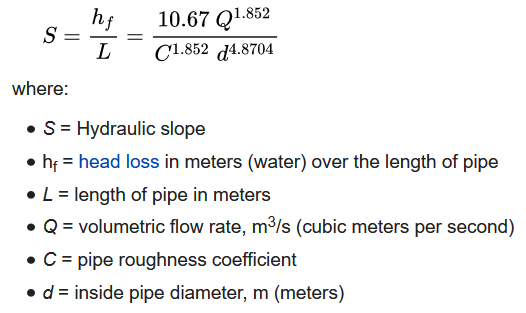Eccles-on-Sea, or nearly covered by the sea. There exists at Eccles a remote shanty town and many holiday "chalets." The water supply is just about o.k. to allow the use of an electric instantaneous shower at most times. BUT, at high season at peak times of use, the water pressure drops very low and the showers will not work due to low water pressure. Apart from building a high water tower at each chalet, what is an economical practical solution to the problem per chalet? Some are let out and guests like to shower regularly and not have to wait until night time. Some chalets have flat rooves and no "loft" space for a tank.
Z.

